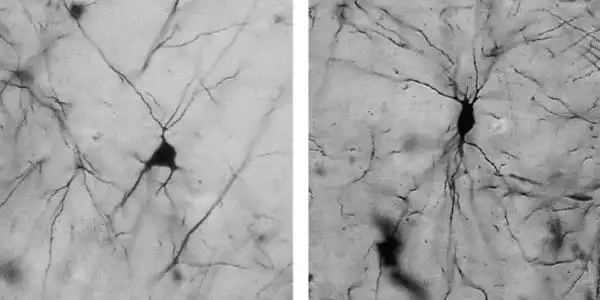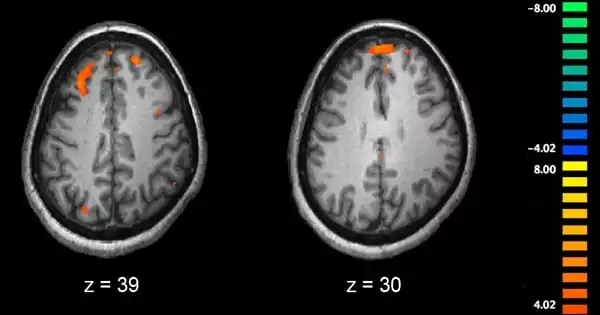In mice with a genetic mutation that causes schizophrenia, a simple dietary supplement reduces behavioral symptoms. Researchers concluded that the supplement likely protects proteins that build neurons’ cellular skeletons after conducting additional experiments, including visualizing the fluorescently stained dancing edge of immature brain cells.
Betaine, a supplement derived from sugar beets, is frequently associated with sweetness or umami flavor. Healthy levels of betaine are obtained from both external food sources and internal body synthesis. Betaine supplements are already being used in clinical trials to treat the metabolic disorder homocystinuria.
“If a doctor hasn’t recommended it, I don’t recommend anyone taking betaine for no reason. However, because this drug is already in clinical use, repurposing it to treat schizophrenia should be safe “said Nobutaka Hirokawa, M.D., Ph.D., Project Professor at the University of Tokyo Graduate School of Medicine, who led the recent research project. Hirokawa has been a member of the Japan Academy, a national honorary organization that recognizes scientific achievement, since 2004 and received the Japanese government’s Person of Cultural Merit award in 2013.
Schizophrenia is estimated to affect one in every 100 people worldwide and is one of the top 15 leading causes of disability. “There are treatments for schizophrenia, but they have side effects, and there is still no effective drug for patients to take that we can explain biochemically why it works,” Hirokawa explained.
CRMP2 is the protein in the brain with the most carbonyl stress in the postmortem brains of schizophrenia patients. Betaine most likely removes the carbonyl stress component of the schizophrenia equation.
Nobutaka Hirokawa
Variations in the kinesin family 3b (kif3b) gene, as well as another gene involved in the body’s internal synthesis of betaine, have been linked to schizophrenia in genetic studies of people diagnosed with the disease.
Hirokawa and his colleagues classified all 45 members of the mammalian kinesin superfamily of genes, the majority of which encode motor proteins that move materials around the cell. Normally, the KIF3B protein associates with another kinesin superfamily protein to transport cargo throughout a neuron by moving up and down the cell’s skeleton.
Mice used in this study had only one functional copy of the kif3b gene and are commonly used as an animal model of schizophrenia. In a test called prepulse inhibition, which measures how startled they are by a sudden, loud sound followed by a quieter sound, these mice avoid social interactions and show the same weak response as human patients with schizophrenia.

Kif3b mutant mice raised on a diet supplemented with three times the normal amount of betaine demonstrated normal behavior, implying that betaine supplements could be used to treat schizophrenia symptoms. To figure out why betaine had this effect on mice, researchers grew nerve cells with the kif3b mutation in the lab and labeled them with fluorescent labels to watch the cellular skeleton form.
A healthy neuron has the appearance of a tree, with a cell body surrounded by branches, the dendrites, that are attached to a long trunk, the axon. Kif3b mutant neurons grown in the lab have an unusual, hyperbranched structure with an abnormally large number of dendrites. Similar hyperbranched neurons have been found in brain samples donated by people suffering from schizophrenia, regardless of the treatments or medications they received while alive.
Tubulin, a skeleton component, fills the main body of the cell during healthy neuron development. Meanwhile, the cell’s front growth cone expands in a spiky, erratic dance due to the movements of another skeleton component known as filamentous actin. This dancing movement, known as lamellipodial dynamics, is significantly reduced in kif3b mutants, and the distinction between tubulin and actin is blurred.
CRMP2 is a protein that helps to assemble actin in the cellular skeleton of neurons. Chemical analyses of the brains of kif3b mutant mice and human schizophrenia patients show that CRMP2 has been chemically damaged, causing the proteins to clump together. Carbonyl stress, the type of chemical damage that causes CRMP2 dysfunction, is known to be prevented by betaine.
“CRMP2 is the protein in the brain with the most carbonyl stress in postmortem brains of schizophrenia patients. Betaine most likely removes the carbonyl stress component of the schizophrenia equation “Hirokawa stated.
Betaine treatment allows kif3b mutant neurons to build proper structures by protecting CRMP2 from damage. The remaining functional KIF3B protein can shuttle cargo around the cell with the help of a structurally sound skeleton. Other test-tube experiments revealed that KIF3B and CRMP2 can bind together, but the exact nature of their relationship is unknown.
“Because we know that the amount of betaine decreases in the brains of schizophrenia patients, this study strongly suggests that betaine could be therapeutic for at least some types of schizophrenia,” Hirokawa said.
Future collaborations with pharmaceutical companies and clinical studies of betaine supplements as a treatment for schizophrenia are being planned by the UTokyo research team. This study was published in the journal Cell Reports as a peer-reviewed experimental study in mice and human cells.















